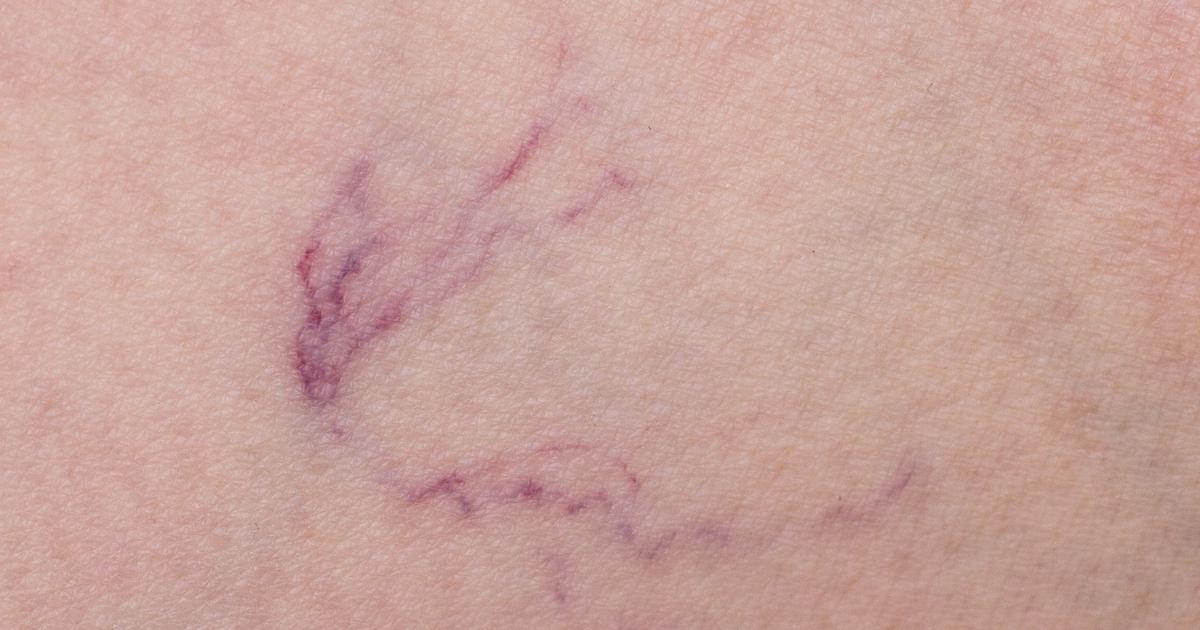Common Causes And Complications Of A Port Wine Stain
A port-wine stain is a type of congenital capillary vascular malformation that affects an estimated one in every three hundred newborns. This birthmark develops most frequently on the face, scalp, and neck, and it is a pink or reddish color at birth. As a child ages, port-wine stains tend to become darker in color, often reaching a deep purple. Unlike some other types of birthmarks, port-wine stains are flat (not elevated above the skin's surface). However, adult patients with port-wine stains might notice the formation of ridges or lumps in the area. To diagnose port-wine stains, doctors simply observe the skin. If the port-wine stain is located on the face or near the eye, imaging studies such as MRI scans may be performed to check for rare underlying medical conditions that are sometimes associated with capillary vascular malformations. Port-wine stains can be treated with pulsed dye laser therapy, and some patients might choose to wear concealer.
The major causes and potential complications associated with port-wine stains are discussed below.
Issues With Capillaries

Port-wine stains develop due to issues with capillaries, which are small blood vessels located just beneath the surface of the skin. Tiny nerves are responsible for keeping the capillaries constricted, and this allows the skin to stay cool and light in color. In patients with port-wine stains, the function of the nerves is impaired, and the capillaries cannot constrict. Instead, they remain permanently dilated, and the dilation results in the red skin discoloration present with this condition. Scientists have recently discovered a genetic mutation is the cause of the capillary issues. While many genetic mutations are inherited, the specific mutation that causes port-wine stains takes place after conception; these types of mutations are not inherited, and they are not passed down to future generations.
Keep reading to learn more about the causes and complications of port-wine stains now.
Sturge-Weber Syndrome

A port-wine stain is one of the major clinical features associated with Sturge-Weber syndrome, a rare medical condition that causes changes in the development of specific blood vessels. In patients with Sturge-Weber syndrome, the port-wine stain is typically on the forehead, temple, or eyelid. Individuals with the condition may also have glaucoma (increased eye pressure) and leptomeningeal angioma, an abnormality in the blood vessels in the tissues that cover the brain and spinal cord. Leptomeningeal angioma can cause a decrease in blood flow to the affected area, and patients may experience symptoms that resemble a stroke, including temporary vision loss and weakness on one side of the body. Focal seizures could also occur. Patients with this condition may have normal cognitive abilities; however, some patients could have learning difficulties that vary in severity. Genetic testing is used to diagnose this syndrome.
Get more details on the causes and complications of a port-wine stain now.
